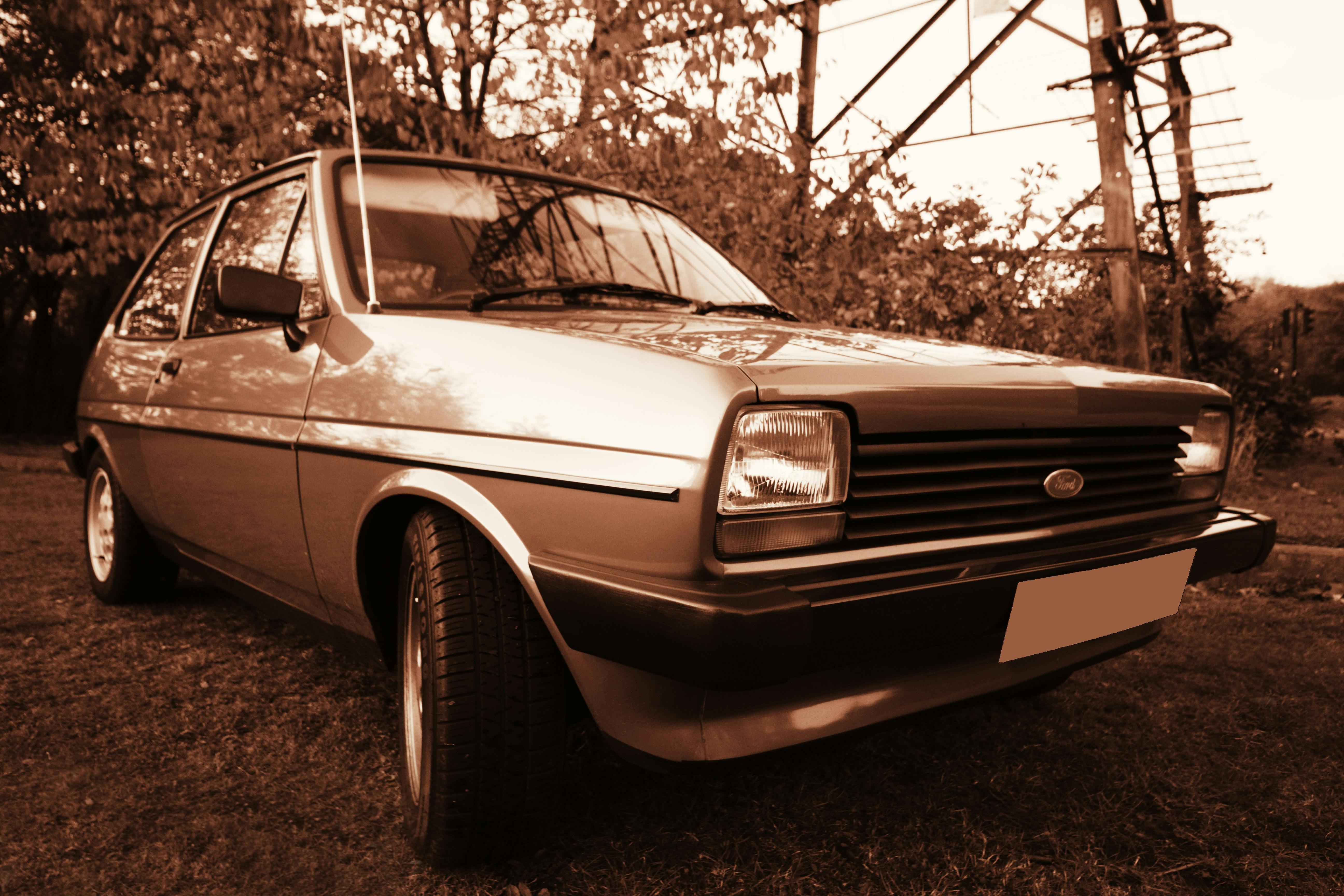What are HHOs in car systems?
The scientific term HHO stands for oxyhydrogen, a mixture of hydrogen and oxygen with a concentration ratio of two parts hydrogen and one part oxygen. Oxyhydrogen is also used in welding torches, but it has other uses in a vehicle engine. HHOs in automotive systems are oxyhydrogen gas generators that use water and a catalyst (known as an electrolyte solution) along with an electrical current to produce this gas.
Oxyhydrogen is burned together with the main fuel of the engine (gasoline or diesel) and helps the main fuel to burn completely, getting more energy for the same amount of fuel used by the engine. This additional (gained) power is more than the engine load needs to run optimally, so the engine’s main fuel can be weakened, while the engine delivers the same torque for that particular load.
When oxyhydrogen (also known as hydroxy gas) burns, it reverts to its original formation before electrolysis took place, which means it turns into vapor, which is fine droplets of water.
Different types of HHO in car systems
There are primarily two types of HHO in automotive systems, comprising the wet HHO cell and dry HHO cell configurations. Both systems produce the resulting hydroxyl gas, but differ in their technical design. Originally, the experimental electrolysis process was carried out under the wet HHO cell design to produce hydrogen in laboratories. The wet cell configuration remains basically the same.
When experimenters began using this setup as a fuel saving device, word soon spread and many DIY technicians began trying to improve the design by using different materials, setup designs, and different catalysts. The wet cell design has improved significantly over the years and has also become more reliable. Through continuous research and development, enthusiastic designers came up with an entirely new idea to reduce the maintenance time associated with wet cell design. Fortunately, the latest design also became much more compact, which was a big plus with the cramped modern engine compartments. This became known as the HHO dry cell design.
Wet HHO Cell vs. dry HHO cell
We have tried many different designs currently on the market and even ended up creating an HHO product reviews page for these DIY HHO tech guides. We have found that, in general, both designs have their own advantages and disadvantages.
Advantages of wet cell design:
- Easier to clean periodically as a preventative maintenance procedure
- Easier and faster to change corroded anode plates
- Does not have many seals that will eventually deteriorate or harden
- Cheaper to build compared to most dry cell designs
- No additional external pumps needed for electrolyte
Disadvantages of wet cell design:
- Bulky design that can be a problem to install in modern engine bays
- Frequent anode corrosion due to oxidation leading to increased cleaning
- Anode plates will need to be replaced more frequently due to excessive corrosion.
- Wet cell design generates more heat in the electrolyte solution
- More current needed compared to dry HHO cell design
- Electrolyte design needs more frequent flushing with fresh, clean electrolyte
Advantages of dry cell design:
- Very compact in nature both in width and thickness.
- Requires less current to operate consistently
- Heat buildup in the HHO generator is almost non-existent
- Electrolyte stays cleaner for longer intervals
- Anode plates corrode much less
- Terminals do not corrode as they are isolated from the electrolyte
- Less periodic maintenance is generally needed
Disadvantages of the dry cell design:
- More expensive to produce or build one as a DIY project
- More precision is needed to build the design.
- Each cell is separated by a seal that will eventually harden and start leaking.
- Preventive maintenance procedures require disassembling the entire HHO generator into pieces
- In most designs an external pump is needed for the electrolyte
As you have seen from above, both wet and dry HHO in car designs have their pros and cons. Depending on the space available in the engine compartment, it is an important factor to consider before attempting such an installation. Most modern vehicles that seem to have very little available space will likely need the dry cell design for two main reasons: less space is required and less frequent maintenance. This allows the installation to be placed in even the tightest and most difficult to access areas, if that is your only available option. A common option is to install the dry cell HHO generator in front of the radiator, just behind the bumper or behind the front fender, in the area of the wheel that is covered by a factory plastic fender liner.








